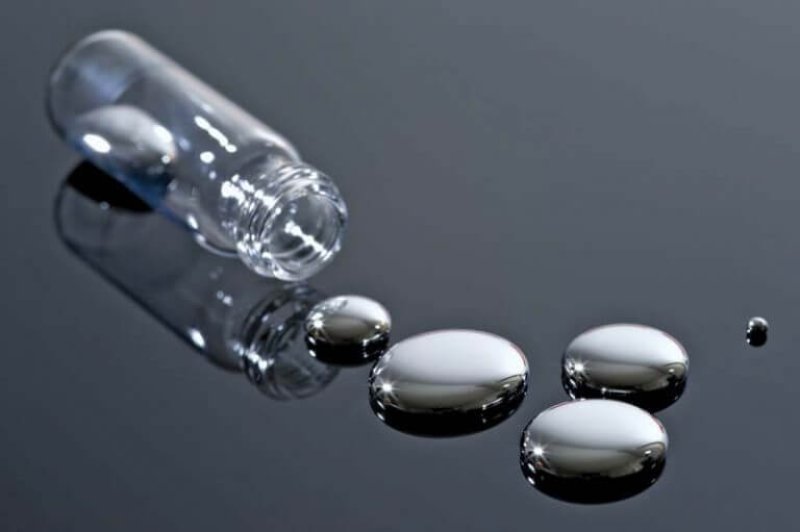[Editor’s note: Emily Willingham is a science writer and co-author of The Informed Parent: A Science-Based Resource for Your Child’s First Four years.]
In their October 23 opinion piece “Why Does Autism Impact Boys More Often Than Girls?” Renee Joy Dufault and Steven G. Gilbert attempt to argue that autism diagnoses are on the increase because of inorganic mercury content in processed foods.
…
First, mercury levels in “American blood” and urine are decreasing, not increasing. The latest analysis of values of inorganic mercury in urine and total blood mercury, published online September 6 in Environmental Toxicology and Pharmacology, finds that from 2005 to 2012 among all age groups, urinary inorganic mercury decreased.
…
[A]bundant evidence from studies all over the world forms a solid foundation to explain why autism diagnoses seem to be rising: increased awareness along with diagnostic shifts and expansions. As an example, a study using Swedish registry data for almost 20,000 twins and more than 1 million children in total found that documentation of autism features changed little over the years even as autism diagnoses increased steadily. The authors concluded that autistic children were always present at the same prevalence but going unidentified. They describe any influence of environmental changes as “marginal.”…
Short of some startling new, overwhelming evidence to crush years of research involving more than a million children, the science shows that mercury in any form and autism have nothing to do with each other and never have.
The GLP aggregated and excerpted this blog/article to reflect the diversity of news, opinion, and analysis. Read full, original post: Mercury and Autism: Enough Already!































